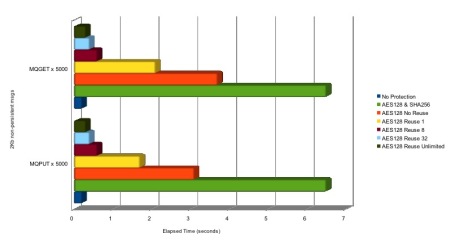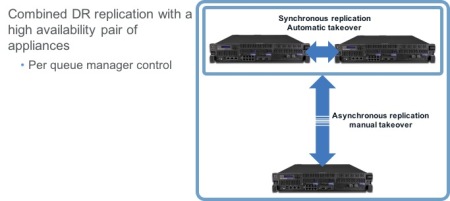
My route to IBM Hursley takes me through the Hampshire countryside. And today for some reason I noticed many of the fields along the A32 and the Meon Valley were full of sheep. “So what?” you might say. But sheep were actually the route to wealth and power for the UK. So much so that the Lord Chancellor sat on a Woolsack in the House of Lords to symbolize the importance of the wool trade in the Middle Ages.

Many of the key land-owners in the UK would have huge estates, with walls around them and large numbers of sheep would graze across the land quite freely. But there would be formal gardens close to the house which they would want to keep protected from the sheep. How could you protect the gardens, without building fences or walls that would spoil the view? The answer was a “Ha-Ha”. A hidden feature which would connect the formal gardens to the grazing land, but without being visible. Much like successful integration in your infrastructure.

Think about the concept of the Ha-Ha. You want both your grazing land and your formal gardens to ‘work together’. But you don’t want to impact either of them. Now think about your IT assets. You have your applications. Some new, some existing. All adding value to your business. You want to get the most out of your new applications and the value they bring, without disrupting your existing business.

If only there was a way to seamlessly connect applications together. To move or exchange data from anywhere to everywhere. To call APIs or to provide a secure gateway. Integration is not a single thing. You don’t just flip a switch and it is done. The same way you don’t just have a single tool in your toolbox. You need a hammer to knock in a nail. And a screwdriver to drive in a screw. And the way to integrate different parts of your IT infrastructure is to have a rich set of integration capabilities.

Imagine instead of engaging ‘Capability’ Brown, the renowned landscape designer to solve the issue of sheep coming into the formal gardens, our country estate owner got in their local builder or craftsman. The know how to build a wall or erect a fence. So that’s what they would do. It would do the job. But it could be done so much better.
It is the same with any business today. IT assets can be complex, and new applications to respond to today’s opportunities are being developed faster than ever. What you need is an integration solution that does more than a simple solution. Something with breadth and depth. That can connect and secure at scale. Something simple, yet powerful. Reliable and highly available. Something that can feed mobile transactions to your backend invoice applications, but stream data from your new marketing apps to your AI engine. What you need is IBM’s Cloud Pak for Integration.

A powerful blend of leading offerings such as MQ Advanced, DataPower, Aspera, App Connect Enterprise, API Connect and Event Streams. It provides the tooling flexibility your business needs to integrate across the enterprise. And it combines this broad range of capabilities with a single transferable license entitlement, allowing you to pay just for what you need, and to move and change as your business needs change.
The IT world moves a lot faster than landscape gardening, and a lot faster than a flock of sheep, even when they are being chased by a big bad wolf. Your business faces many threats, but your applications, your data and your other IT assets are the path to success if you can integrate them and use them together effectively. The Ha-ha is a great example that shows us different things can work together beautifully. And a Ha-ha, built well, would still be there doing its job today. Why do a quick and dirty job and throw up a fence? Is that really what you want? And the best use of your time and money? Doing something right means you are ready for anything.

You might have MQ today, or DataPower, or Aspera. Or you may be looking at Event Streams to deploy some Kafka messaging. Don’t be sheepish about discovering how they are all a part of IBM Cloud Pak for Integration. They can be used by themselves, or together as part of a container-based solution. But either way, they can be as valuable today to your business as flocks of sheep were hundreds of years ago. And your business might grow to an impressive size.
























